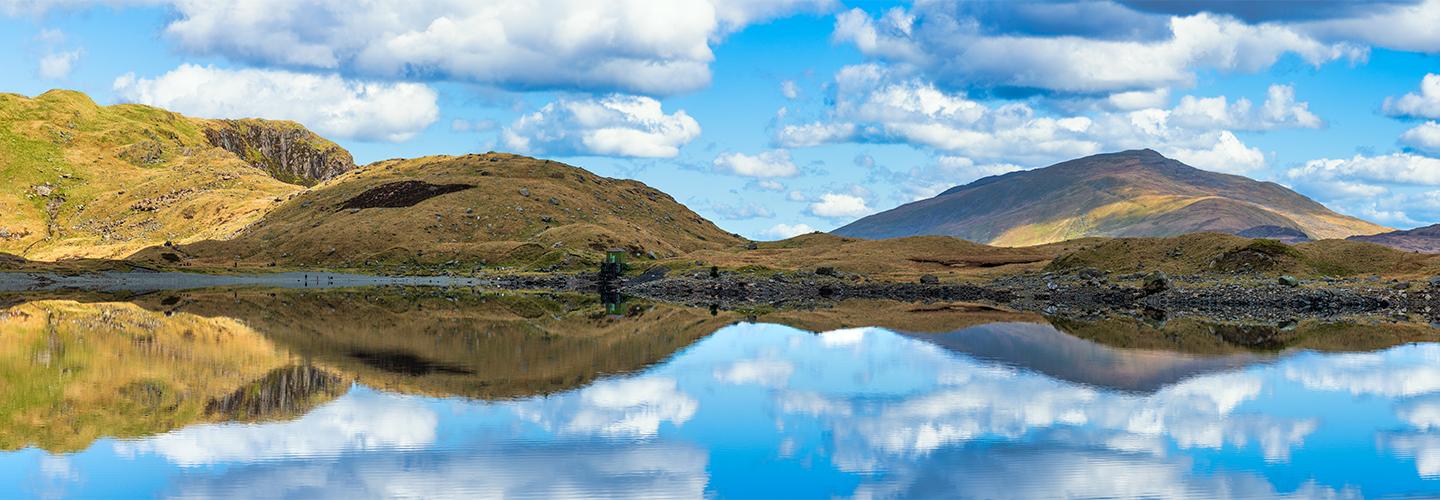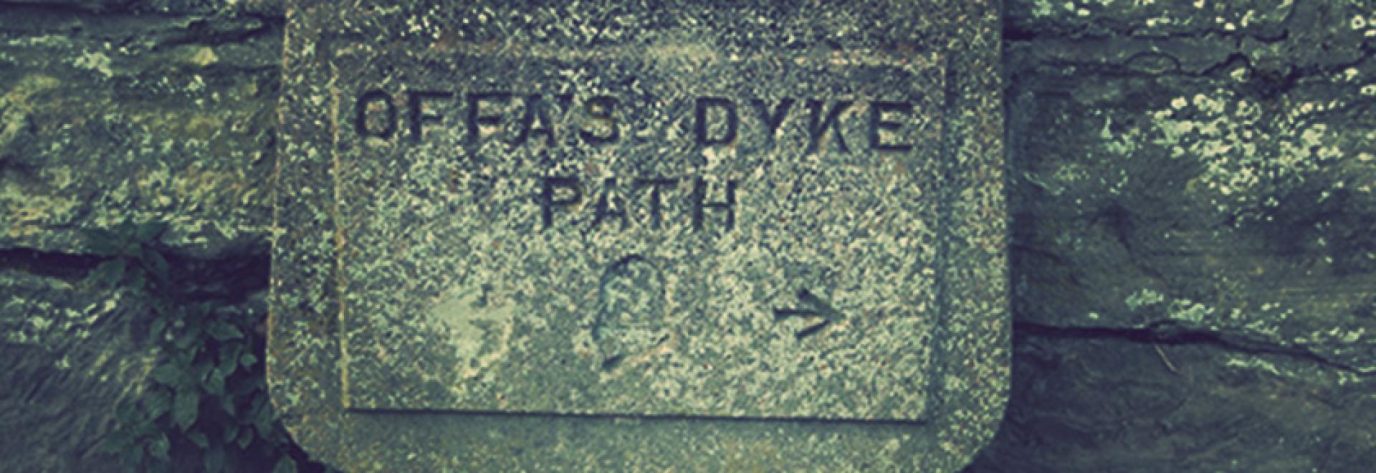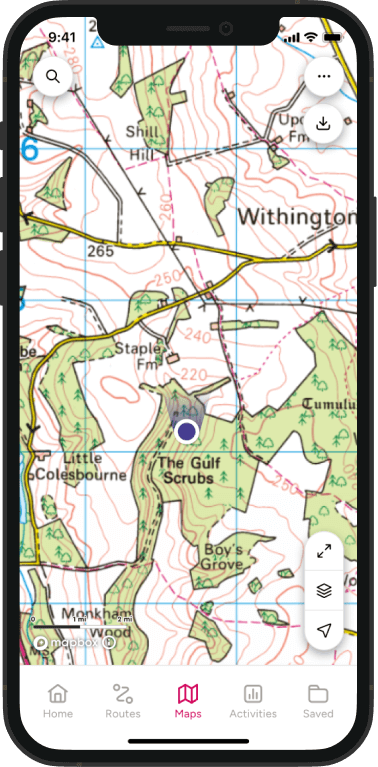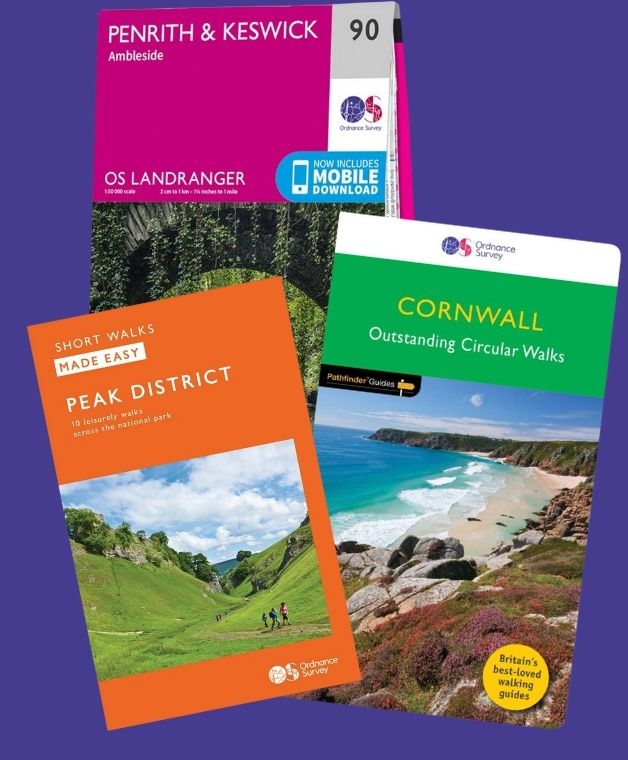Spend some time on the water and create your own raft.
Building a raft can be a challenging, fun and rewarding activity, whether you’re creating one as part of a team-building activity or just simply want one to trek down a local river in. You can either create one with your mates or ask your family to lend a hand.
Perhaps you’ll spend your time on the raft aimlessly floating downstream or maybe you’ll use the opportunity to do a spot of fishing. Either way, here’s how to build a winning raft:

Gathering materials
Your raft will require six basic things: floatation, a deck, propulsion, steerage, safety and teamwork. Now, the last two will come from your team, but the rest can either be salvaged or bought. Rafts can be built from a whole host of materials, so long as they naturally float. Wood, foam and barrels are all good materials to make a raft with, but in this case we’ll mostly be using wood and styrofoam.
You will need:
- Ten logs 12 inches in diameter and 11 feet in length
- Four logs ten inches in diameter and seven feet in length
- 100 feet of heavy rope or twine
- Wood carving knife
- Wood file or rasp
- Measuring tape
- Six sheets of styrofoam 24 inches wide by 56 inches long and one inch thick
- Five wooden slats ten feet long
- Wood varnish
- Galvanised nails or wood screws
Ideally, you’ll be making the raft by the body of water you want to raft on, as they aren’t the easiest things to transport. If you’re in a wooded area, which you likely will be, search for any fallen trees. You can use the wood from these to make your logs. Poplar, spruce and cottonwood trees are best for raft crafting, and it’s best to avoid heavy woods, such as oak. You can also try and source the styrofoam sheets from a recycling plant. The rest of the items will probably have to be purchased or brought from home.
We also recommend picking wood screws over nails, simply because screws are less likely to come loose during a voyage. They are slightly more expensive, but it’s worth it.
Building your raft
Once you have gathered all the items needed, it’s time to start the building process. Take your tape measure and mark a distance of ten feet on the floor. Place one of the shorter logs at each end. These will support the main deck and ensure the front and back of your raft is secure. Think of them as the ‘below deck’ section.
The tops of your shorter logs need to be flat so the longer logs, which will eventually be placed on top, won’t roll around too much. To do this, shave off the tops of the supporting logs, or alternatively you can whittle them down with a knife, if you have someone good with a blade in your team.
It’s now time for your longer logs to be placed on top. Lay them so they are in the opposite direction of the shorter logs. The bottom of the long logs can also be shaved down if you find they still move around too much.
Take the remaining short logs and shave their tops off too. They then need to be put flat side down on the longer logs, directly above where the other two short logs are sitting. This ensures the main deck remains between the four support logs, so the whole thing doesn’t fall apart.
To hold the support logs together, tie them with the rope or twine. Once they’re joined together, lash the deck logs to the support logs also. Make sure to criss-cross the rope as it’s wrapped around each log and pull it nice and tight to stop the logs from shifting about.
Now your deck should be secured together, so it’s time to flip it over and add the floatation part. The styrofoam sheets should be placed between the support logs. Next, the wooden slats need to be put on top of the styrofoam and nailed to the support logs. Your floatation is now held in place.
Finally, it’s time to varnish your entire raft. This is an important step, since the varnish will stop the wood from soaking up the water and becoming rotten. You’ll need about three to five layers of varnish and you must let the raft dry in between each coat, so it could take some time. While you’re waiting for it to dry, it’s a good idea to craft yourself something to steer the boat with, such as a pole, or you could simply try and find a nice, long, strong stick to use.
Staying safe on the water
Before you get overly-excited and starting rushing into the water with your raft, you need to make sure you can actually use rafts on the body of water you want to travel on. Ask your local authorities first, otherwise you might find yourself in the deep end – in more ways than one.
You should also always wear a life jacket, just in case your raft does give up the ghost and you end up in the water. Make sure everyone else on the raft wears one too. Taking a life preserver onboard is also another good idea.
Try to wear clothes that are either waterproof or will dry quickly, as your raft isn’t designed to be completely watertight. This is especially important in the colder months – it’s no fun being wet in winter, and it can even be dangerous if you don’t take anything to warm yourself up with.
Now you should be ready to go out on the water. Building the raft itself is great fun, but the reward of leisurely floating down the river like Huckleberry Finn is what truly makes the whole process worth it. Go on, get out there and explore that river or lake you’ve always wanted to, but didn’t have the means with which to do so.





